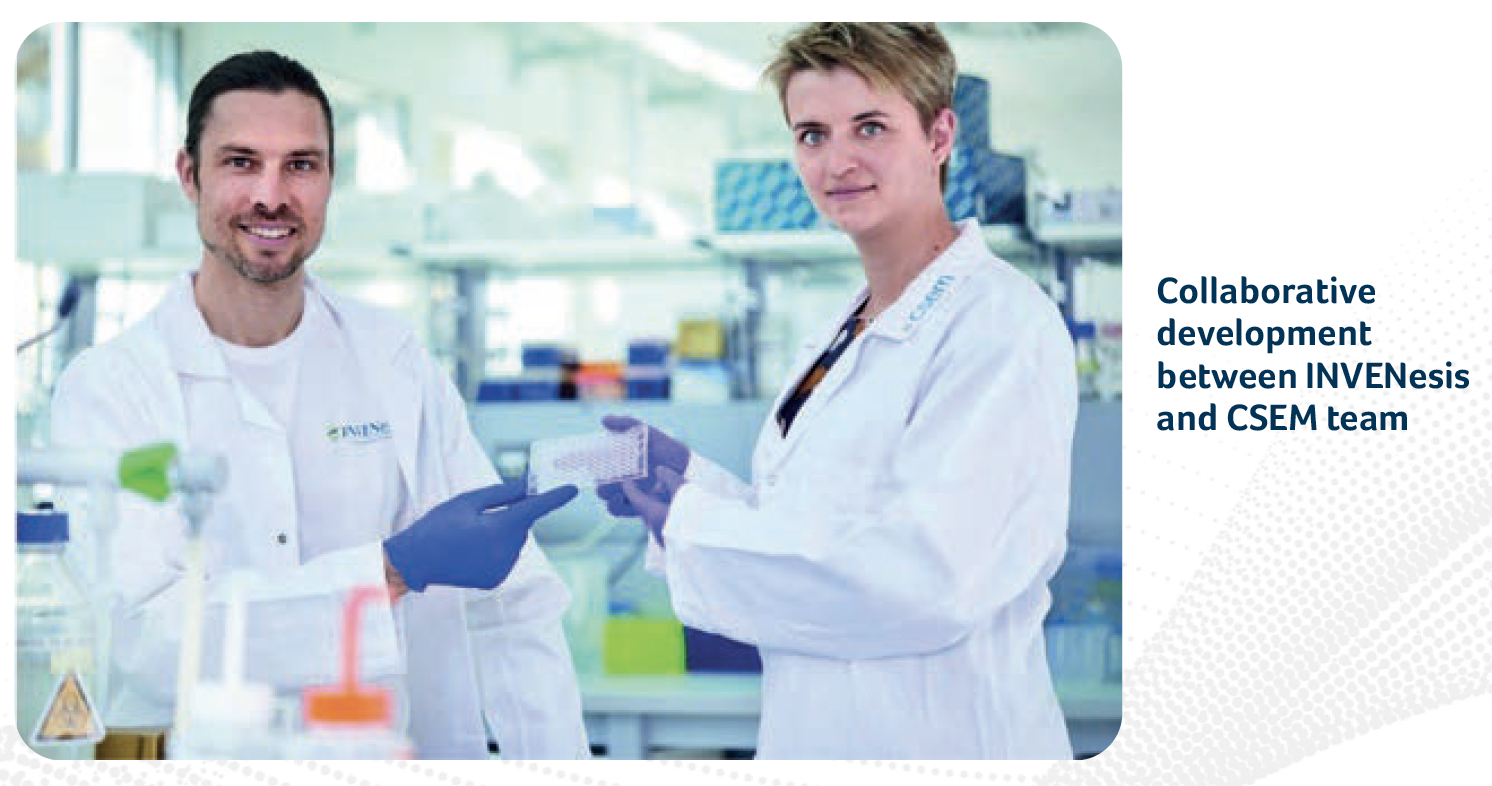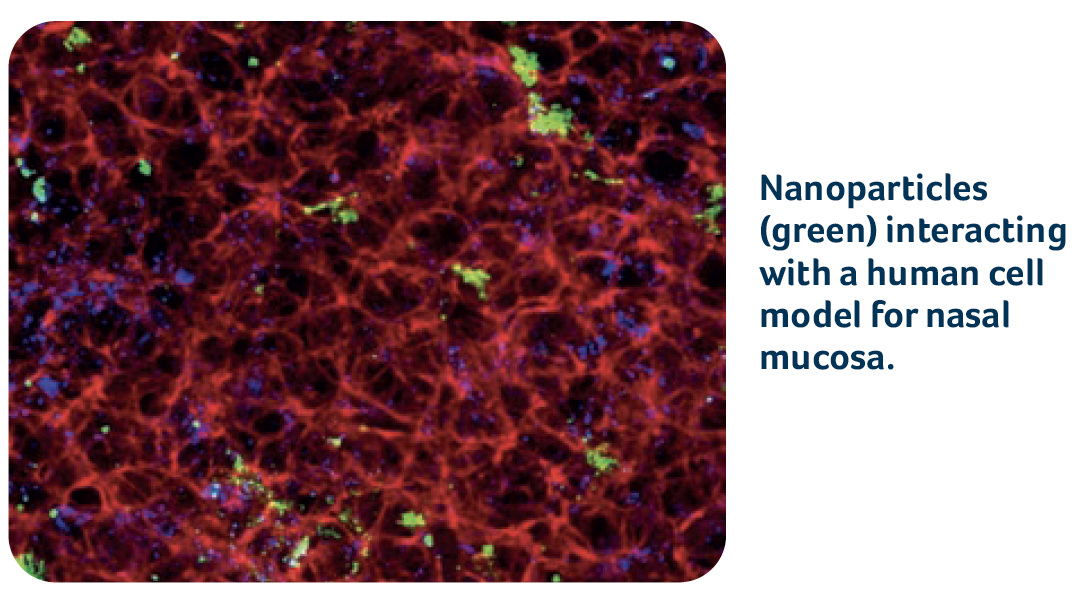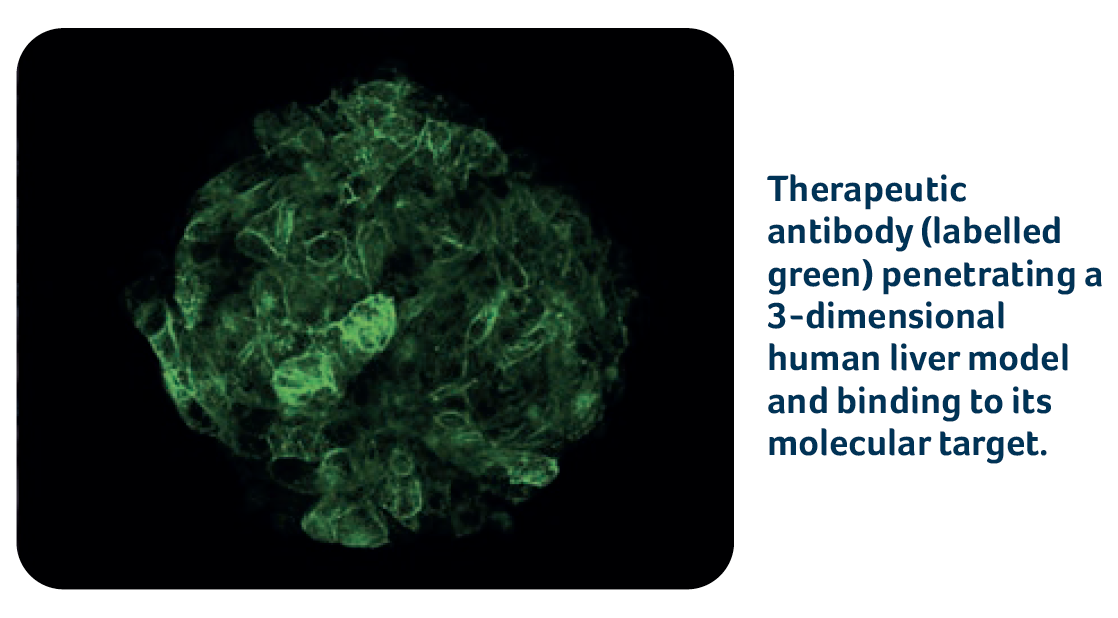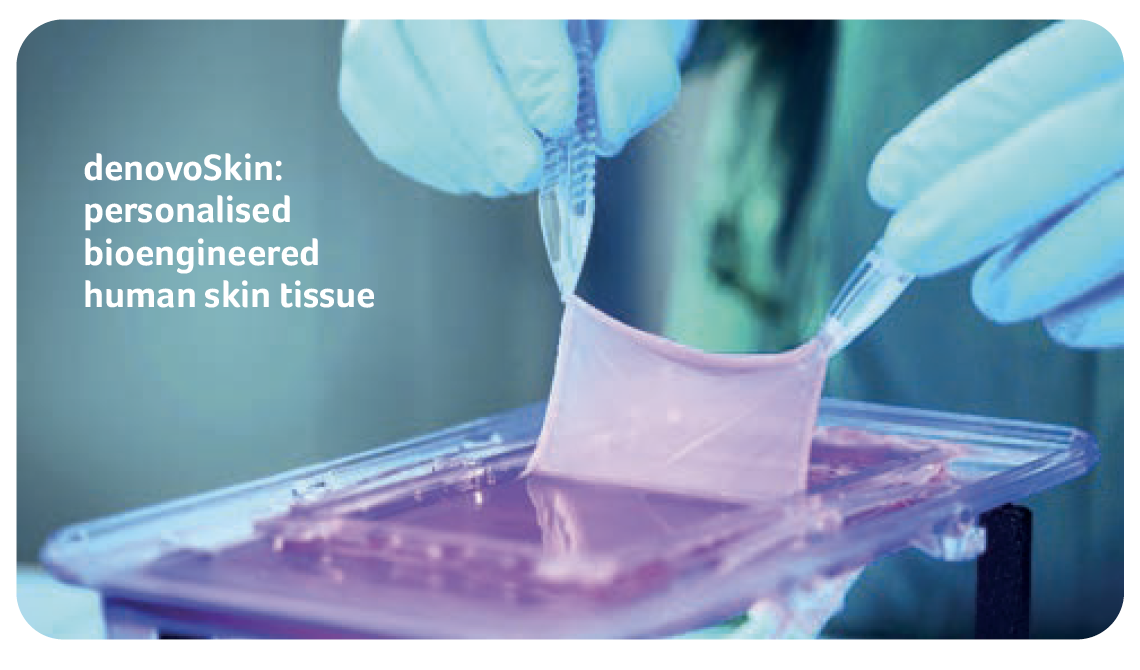- Get directions
- Leave a review
- Claim listing
- Bookmark
- Share
- Report
- prev
- next
- Monday, May 2, 2022 @ 10:00 am
Industrial innovation, particularly in the biotechnology sector, is under immense pressure as the ongoing pandemic poses unexpected challenges and opens exciting opportunities.

Laura Suter-Dick
Biotechnet Switzerland | President
School of Life Sciences, FHNW | Professor of Cell Biology and in vitro Toxicology
Here in Switzerland we must implement new strategies to retain our position as the world leader in innovation, while maintaining the outstanding quality of our research and products - and we need to act fast. Collaborations between research organizations and industrial partners are not new, but in current times strong ties between research organizations, SMEs and large industry are a major enabler for the timely implementation of innovative solutions.
Biotechnet Switzerland is anchored at the root of Swiss academic and clinical research, with close ties to the Swiss Biotech Association. Its member organizations provide high-quality research, modern infrastructure, and access to a fresh talent pool. Members are in an ideal position to support the private sector in progressing quickly towards successful products. Inter-organizational and interdisciplinary collaborations that bring together strong market needs, excellent business ideas, state-of-the-art research and infrastructure, and highly qualified people are key for successful innovation. With travel restrictions and disruption in supply chains, an advantage that is increasingly evident for the Swiss biotech sector is that short distances facilitate agile technology and knowledge transfer.
Strengthening networking between academic, clinical, and industrial researchers
Biotechnet Switzerland puts a major focus on enabling networking between research organizations in specific areas to ensure that they are aware of each other’s needs, technological advancements, and available capabilities. High-caliber networking events promoted by Biotechnet Switzerland help players in the biotech industry look beyond the limits of their own research and promote interdisciplinarity collaboration to achieve solutions to current problems.
A few examples:
- Tissue engineering is one of the topics that Biotechnet Switzerland has continuously supported. In October 2021, the Tissue Engineering for Drug Development and Substance Testing (TEDD) annual meeting, hosted by the Zurich University of Applied Science (ZHAW), provided a fantastic forum for academics, engineers, biologists and clinicians to meet and discuss common biotechnological approaches suchas bioprinting, multi-organ chips, and advanced analytical tools to support the biomedical and food industries.
- Many activities in the field of tissue engineering also occur within the Stem Cell Research in Regenerative Medicine Platform (SCRM) in Bern, with a strong focus on developing innovative therapeutic applications using cell-based therapies. SCRM has a large member-base at the University of Bern and the University Hospital Inselspital, long-standingpartnerships with industry, and strong ties to other academic institutions such as the Swiss Institute for Cell Therapies (SICT).
- Similarly, Biotechnet’s thematic in vitro diagnostics platform (TP IVD), co-chaired by CSEM and the University of Applied Sciences Western Switzerland (HES-SO), provided fertile ground for scientific exchanges at the 4th Swiss Symposium for Point-of-Care Diagnostics in Davos. The symposium brought together more than 150 representatives from medicine, industry and research, working across Europe. We were honored to count Prof. Harald zur Hausen (Nobel laureate)among the renowned keynote speakers. The scientific background behind new diagnostic biomarkers, the often overlooked need for gender-specific diagnostic tools, device ergonomics and novel commercialization solutions were key topics on which participants exchanged new findings.
Accelerating drug development and personalized medicine
Advances in tissue engineering and collaboration between research organizations and industry are accelerating the development of new products in Switzerland. Initiatives to establish, characterize and apply tissue engineering for drug discovery research are now coming to fruition.
- The tissue engineering group at the ZHAW has a long-standing collaboration with Novartis, funded in part by Innosuisse and Novartis. Researchers from the group have successfully developed automated cultivation and analysis of 3D-human skeletal muscle models for the investigation of potential treatments of muscle wasting diseases. The system supports translational research by employing human cells, and promotes the reduction of animal experimentation.
- Perseo pharma is a young start-up company, spun off from the School of Life Sciences (FHNW), that develops nanomedicines. Specialized in enzyme-replacement therapies, Perseo has developed an oral therapeutic to treat gastrointestinal diseases. The cell biology and and in vitro toxicology laboratory at the FHNW is developing, adapting and employing tailor-made in vitro models to evaluate the interaction of Perseo’s nanomedicine with biological barriers.
- The same research group at the FHNW is applying their know-how on 3D-liver models to support research on a specific therapeutic antibody currently under development by Alentis Therapeutics, a start-up focused on the treatment of liver fibrosis. During the early discovery phase, the advanced 3D-liver culture systems developed at the FHNW are directly supporting Alentis in better characterizing their molecule with a human-relevant, scalable system.
Integrating precision medicine and artificial intelligence (AI) in Switzerland and beyond
At the core of precision medicine, advanced diagnostic approaches incorporating AI play a major role in ensuring that each patient receives appropriate therapy. Members of Biotechnet Switzerland are actively supporting the implementation of AI.
- HES-SO Valais and CHUV have developed a new AI technology to label therapeutic antibodies with an imaging load in the field of theranostics. The new platform ensures that labeling does not compromise the binding of the antibody to its therapeutic target. The project is conducted within the framework of a collaboration originally supported by Innosuisse and currently financed by Debiopharm, an independent Swiss biopharmaceutical company (see Swiss Biotech Association article on Page 32 for more details).
- Another very successful example of the application of AI in diagnostics is Aktiia, a recently founded Swiss-based company providing medical technology for the diagnosis and management of hypertension. Their clinically validated Optical Blood Pressure Monitoring (OBPM) technology can estimate blood pressure accurately, automatically, and painlessly by implementing a core technology first developed at CSEM.
- In the oncology field, ovarian cancer is considered a major clinical concern with many patients presenting with poor prognosis. A Eurostars-funded consortium consisting of four companies, including the Swiss SME AnaPath Services GmbH, and two universities, including FHNW, is working on a platform to deliver personalized ovarian cancer therapy. The project exploits cutting-edge 3D cell-culturing technology and AI analytics to directly correlate the ex vivo drug sensitivity of actual tumor biopsies with clinical outcomes, enabling high-throughput, automated and accurate screening of available drugs.
Supporting biomedical research through interdisciplinary collaborations
Interdisciplinary collaborations between Biotechnet Switzerland and industrial partners help to bring the most suitable expertise around the table to achieve major breakthroughs in both human and animal health.
- One example is the amazing progress in regenerative medicine pioneered by CUTISS AG, a Swiss clinical-stage life sciences company focused on skin tissue engineering. CUTISS has unveiled the denovoCast machine – the world’s first automated machine to produce customized skin tissue grafts (denovoSkin©), vital for the treatment of large and deep skin injuries – such as severe burns. Developed by CSEM, the denovoCast machine automates tissue formation in a fully closed process requiring no manual intervention to ensure consistent and reproducible quality, enable parallelization, and significantly reduce production time. (More details are also provided in the Swiss Biotech Association article on P32.)
- Collaborative biomedical research also includes animal health. Parasites, especially nematodes (roundworms), can represent a significant threat to both livestock and pets. The Swiss biotech company INVENesis has teamed up with INRAE and CSEM to develop a device that allows scientists to accurately test the efficacy of different antiparasitic drugs, speeding up the discovery of new antiparasitics and cutting the cost of drug development.
- SUN bioscience, a successful spin-off from EPFL that is driving innovation in 3D-models, has also applied its advanced organoid technology. These developments are partly supported by academic collaborations, including Biotechnet Switzerland members CSEM and FHNW.
Harnessing the power of collaboration
One lesson learned from the pandemic is that we are stronger together and that distances matter. The proximity, complementary knowledge, experience, and focus of our research organizations and industry promote collaborations 26that propel innovation. Hence, public-private partnerships continue to play a key role in advancing biotechnology in Switzerland. In this context, Biotechnet Switzerland’s members provide essential knowhow and infrastructure that enable collaborations with industrial partners and generate vital innovation.
We can make a major impact on biotechnology research by working together. So, how can we help your biotech?
Networking
Biotechnet Switzerland: https://biotechnet.ch/
TEDD: https://www.zhaw.ch/de/lsfm/forschung/chemie-und-biotechnologie/competence-centre-tedd/
DOI: 10.1038/s42003-021-02691-0
(Matrigel 3D bioprinting of contractile human skeletal muscle models recapitulating exercise and pharmacological responses)
Examples
Cutiss project: CUTISS develops world's first machine to produce personalized human skin tissue therapy (csem.ch)
Invenesis: Innovative testing system speeds the development of antiparasitic drugs (csem.ch)
3D-Select (Eurostars): https://www.era-learn.eu/network-information/networks/eurostars-2/eurostars-cut2013off-11/3d-cell-culture-platform-for-personalized-ovarian-cancer-therapy-selection



